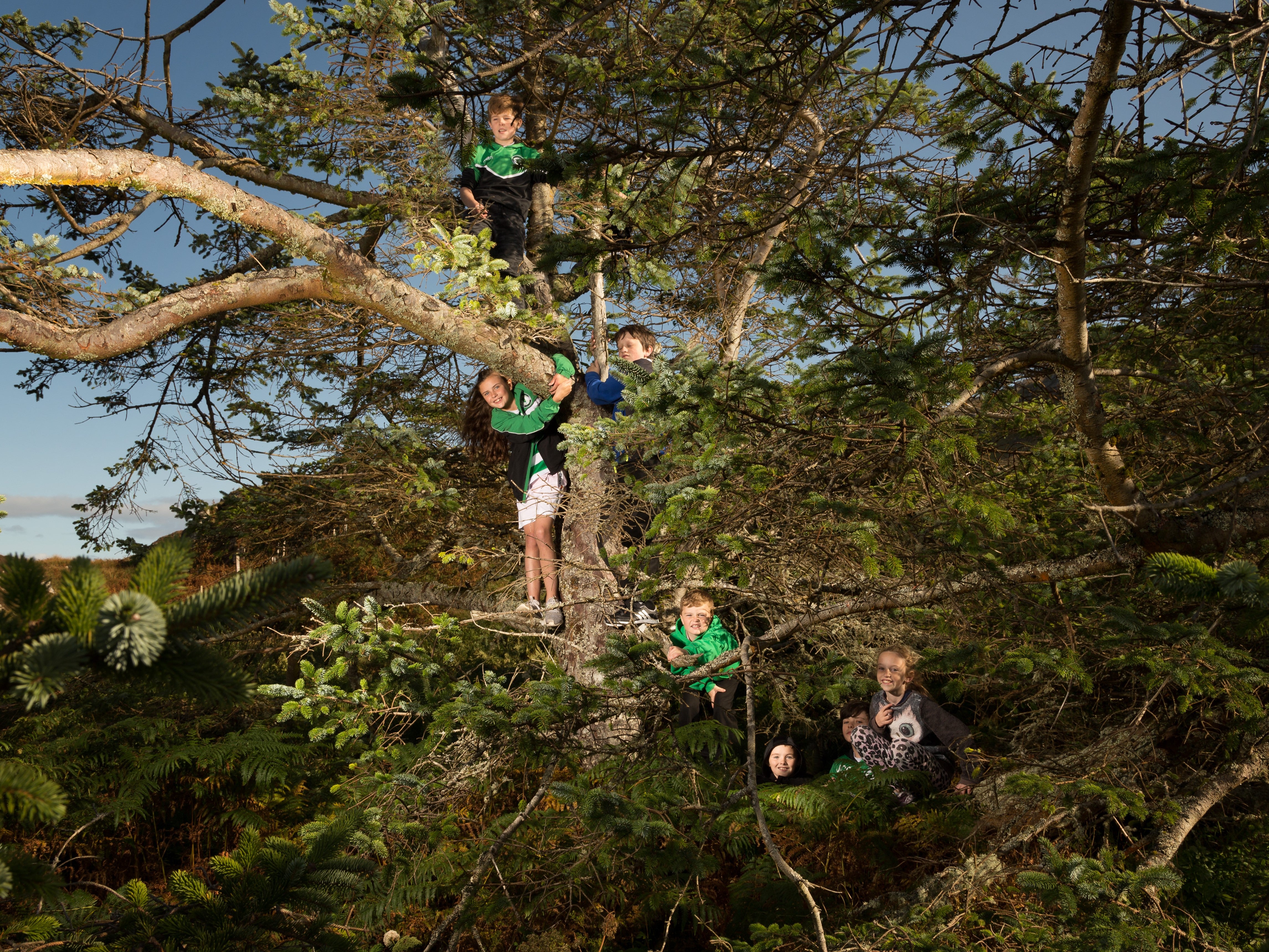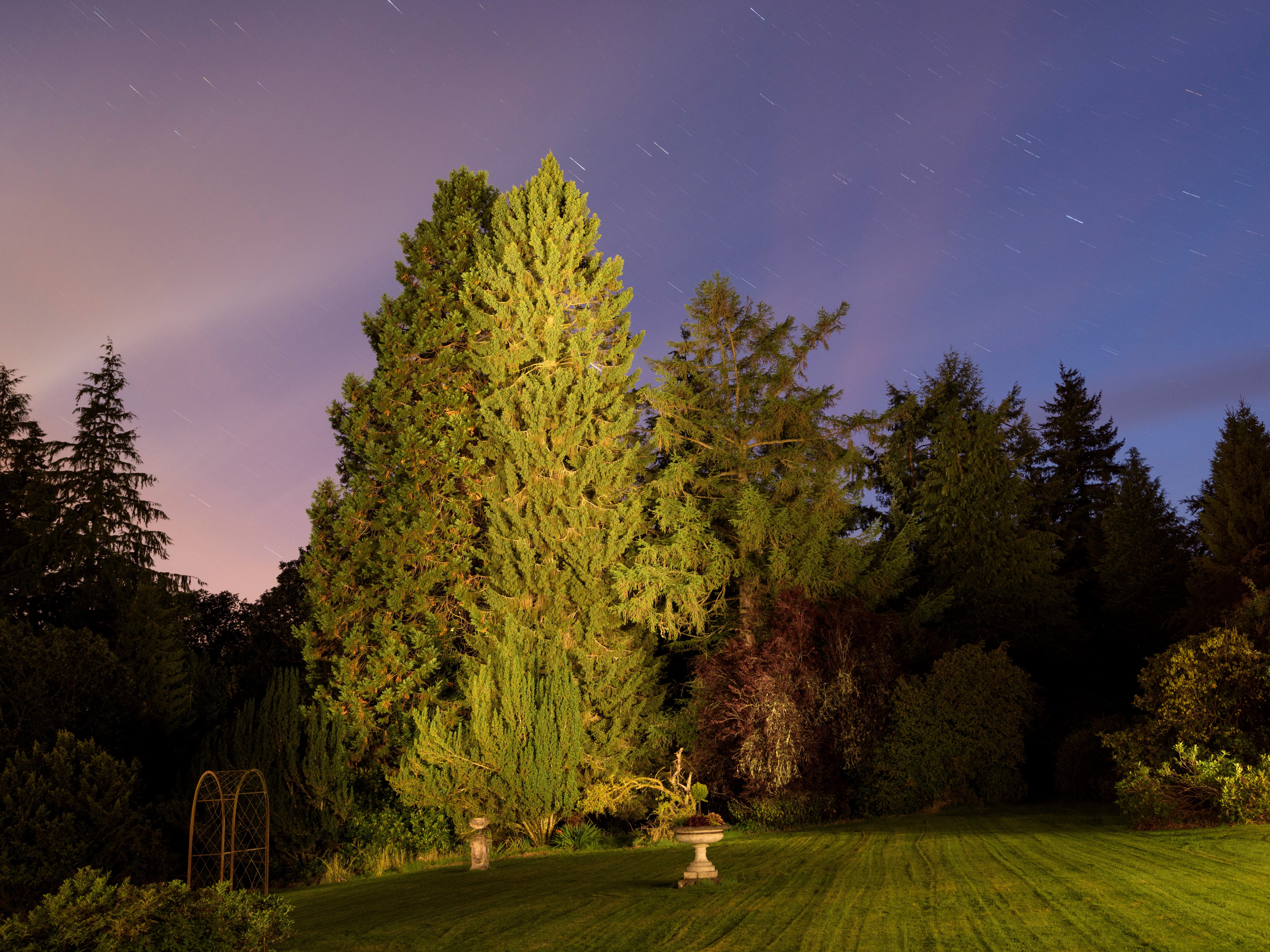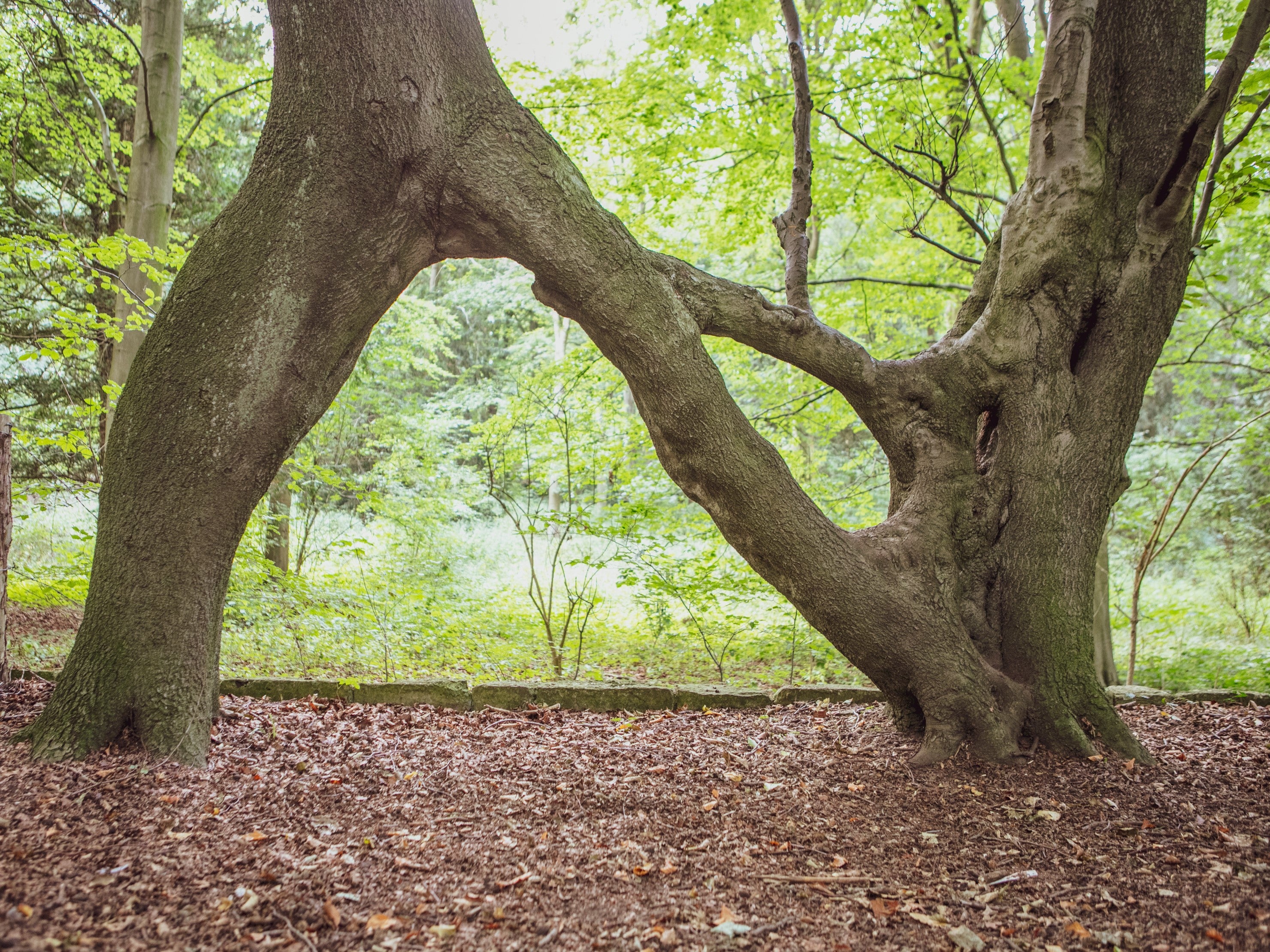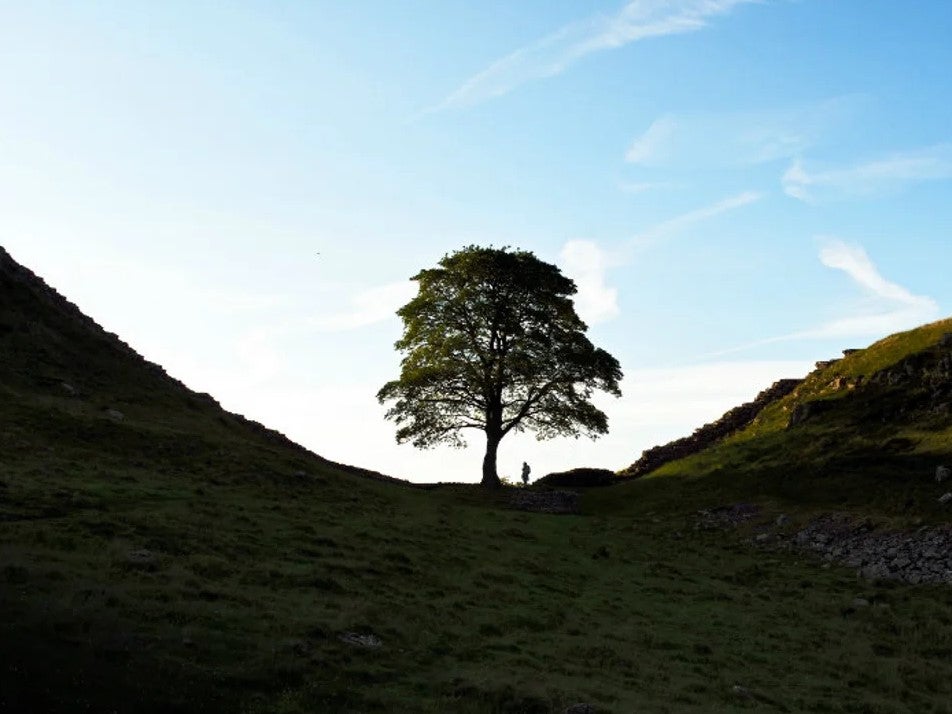Love, war and protest: How UK’s Tree of the Year grew into celebration of nature – and untold British stories
Annual competition highlights how central these green wonders are to our heritage, our culture – and our ongoing existence

In 1916, a young soldier plucked a sapling from the no man’s hell of Passchendaele: Lieutenant Dave McCabe sent the two-foot spruce to his father in Perthshire in an ammunition box.
“Practically nothing is alive which is any taller than the trees I sent,” he wrote. Everything bigger had been destroyed by “shell, rifle and machine gun fire”.
Within a year McCabe too would be among the victims of the First World War, killed aged just 33 at the Battle of Vimy Ridge.
But today, the sapling he sent home stands magnificent – 40ft tall – on the Abercairny Estate, near the Perthshire town of Crieff.
It is one of dozens of UK trees which, over the last eight years, have had their stories uncovered after being nominated for British Tree of the Year.
The annual competition’s 2022 shortlist was announced this week – and the Woodland Trust, which runs the initiative, hopes it will be the most widely discussed, debated and engaged with yet.
What started life in 2014 as a seemingly niche talking shop for self-confessed “tree geeks” has, it seems, been transformed – oak-from-acorn style – into a hugely popular celebration of the UK’s green cathedrals. And, to some extent perhaps, of its unwritten social history too.
“Every year, we are taken aback by the passion that’s out there for our trees,” says George Anderson, of the trust. “What the competition reveals is just how important trees are in people’s lives and what a central part they are of our communities and our history.
“It taps into how everyone perhaps has a favourite tree: the one that you played under as a kid or where you went and sat during lockdown. They have a connection to us. They have a lifespan that we can comprehend but which also stretches back into history, and there is something about them that makes them feel central to our existence.”

At its simplest, the competition sees the Woodland Trust draw up a shortlist of candidates from across the country, with the winner then decided in a public vote.
But within that basic framework, dozens of stories – ecological, historic, cultural – unfold every year. What each nominated specimen generally has in common – whether it be ancient oak, lonesome rowan or memorial beech – is a compelling past to complement its environmental importance.
Examples? The Gilwell Oak in Essex is said to have been used as a hiding place by Dick Turpin, while the Niel Gow’s Oak in Perthshire is where the famed 18th-century Scottish fiddler sat and composed. The Sycamore Gap Tree, in a dip between Hadrian’s Wall, is believed to be one of the most photographed trees in the world. When you see it, you instantly know why. Netty’s Tree was, for decades, the only one on the Outer Hebridean isle of Eriskay – beloved by generations of children there as a climbing frame.
More such legends come to light every year.
The 2018 winner was Nellie’s Tree in the West Yorkshire village of Aberford. Its stand-out characteristic? It is, in fact, three beeches grafted together by a young miner named Vic Stead to resemble the letter N – the initial of his lover Nellie. His act of devotion worked. Shortly after he remoulded the trees in 1920, the pair married.
In 2019, meanwhile, the Allerton Oak, in Calderstones Park in Liverpool, triumphed. Apart from being 1,000 years old, it was recognised for its morale-boosting role in the Second World War, when loved ones would send soldiers its acorns as a token of good luck.
“It is those stories that very often capture the public imagination,” says Anderson. “But by giving those specific trees a bit of time in the spotlight, you hopefully encourage people to think more generally about trees, about what they mean and why conservation is so important.”

It was protection that, in some way, led to the competition’s creation.
A European Tree of the Year competition had been running since 2011, and organisers asked the Scottish branch of the Woodland Trust to nominate a candidate from the country.
“There was a lot of thought of the Fortingall Yew,” explains Anderson. “It’s this incredibly old tree – the legend is Pontius Pilate [ the Roman governor of Judaea] was born under it – and it has this little old wall round it, and it was noted that the wall had more legal protection than the tree did.
“And I think that sort of us set us off that we could use this idea [a domestic Tree of the Year competition] to draw attention to this really important natural heritage that we have here and generate more interest in protecting it.”
That hasn’t always worked.
Several trees have been felled after being recognised. In 2020, a 150-year-old London plane in Hackney, known as the Happy Man Tree – and well known as a local meeting point – was recognised. A year later, despite huge protests and a petition signed by 22,000 people, it was felled by housing developers. The Cubbington Pear Tree in Warwickshire, honoured in 2015, was consigned to the same ignominious fate in 2020 to make way for HS2.
Yet, despite such unhappy endings, advocates of the annual gong insist it has done huge amounts to raise awareness about preservation and heritage.
Of late it has also touched on the climate significance of these natural wonders. The 2020 winner was the Survivor Tree, a rowan in Scotland’s Carrifran Valley, which had spent its life as the lone tree in the area. Now, after a reforestation programme, it is one of 700,000 across the region.

The Woodland Trust itself has now created an Ancient Tree Index to record the UK’s oldest specimens, while it uses the publicity generated by Tree of the Year each summer to call for better official protection.
“Very few trees have legal protection, which currently only comes in very specific circumstances, like if a tree happens to be located in a protected wildlife site,” says head of campaigning Adam Cormack. “We believe that now is the time to give these living legends the legal status they deserve. We all want to be able to help to protect these wonderful old trees for centuries to come.”
Join our commenting forum
Join thought-provoking conversations, follow other Independent readers and see their replies
Comments


Bookmark popover
Removed from bookmarks